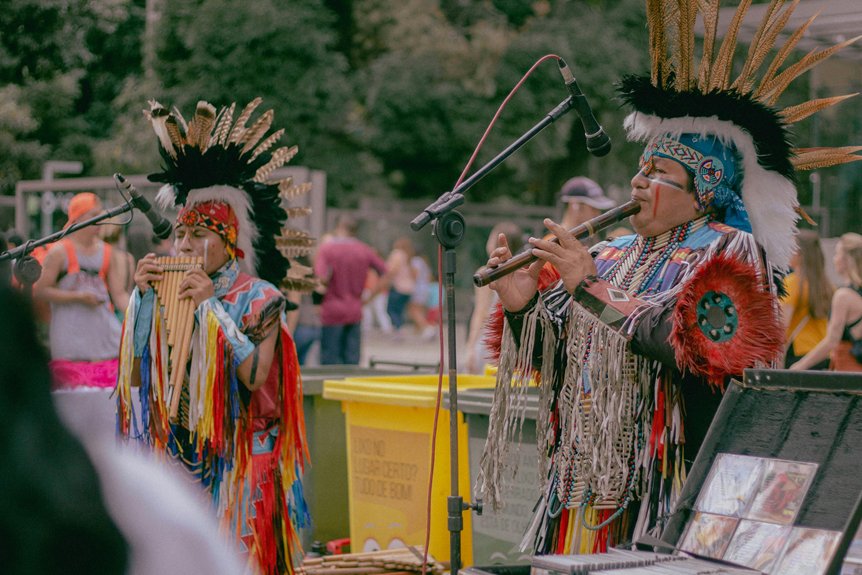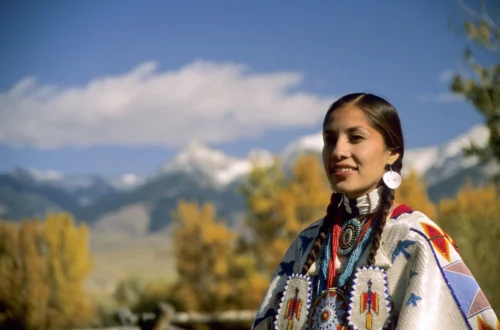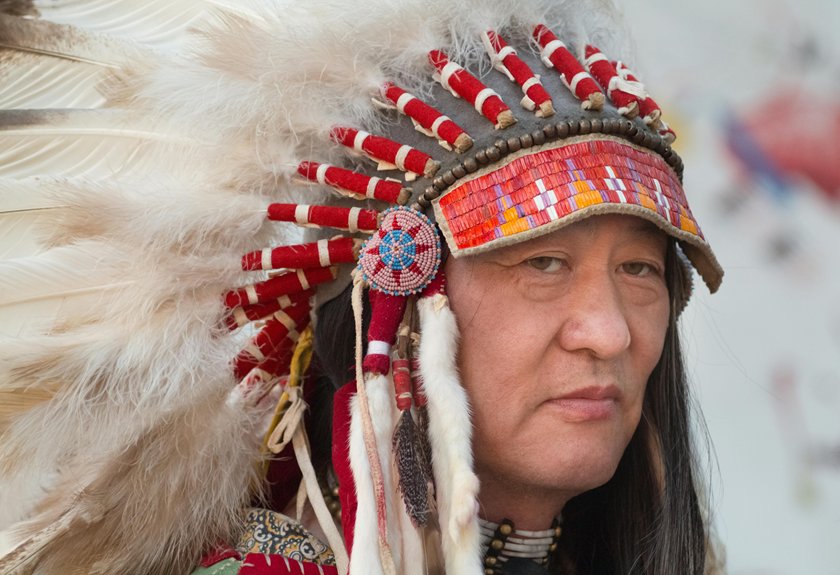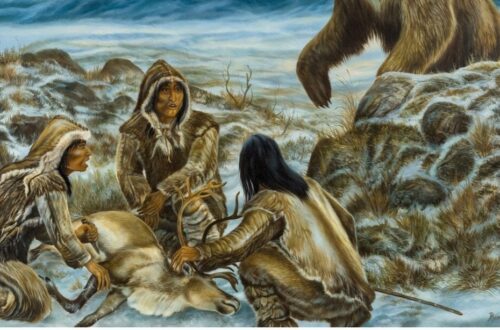You might think all Native Americans speak the same language, but that’s far from true. With over 300 distinct languages, each tribe has its own unique way of communicating, reflecting their rich cultural heritage. Understanding these languages goes beyond words; it connects to identity and land. So, why do these languages matter today, and what efforts are being made to keep them alive? Let’s explore the fascinating world of Native American languages.
Overview of Native American Languages
Native American languages, which encompass a rich tapestry of diverse dialects and linguistic structures, reflect the unique cultures and histories of their speakers.
You might be surprised to learn that there are over 300 distinct languages still spoken today, each with its own grammar and vocabulary.
These languages are deeply tied to the identity of Indigenous peoples, serving as a means of conveying traditional knowledge, stories, and values.
You’ll find that many of these languages face challenges due to historical suppression and modernization, yet revitalization efforts are underway.
As you explore these languages, you’ll uncover not just words, but a profound connection to the land, spirituality, and community that shapes the lives of Native American speakers.
Major Language Families and Their Characteristics
While exploring Native American languages, you’ll encounter several major language families, each showcasing unique characteristics and historical significance.
The Algonquian family, for instance, spreads across the eastern United States and Canada, featuring rich oral traditions. In contrast, the Siouan family highlights the languages of the Great Plains, emphasizing a connection to the land and community.
The Uto-Aztecan family, found from the U.S. Southwest to Mexico, demonstrates diverse linguistic traits, reflecting varied cultural practices. Finally, the Athabaskan family, primarily in Alaska and the American Southwest, is known for its complex verb structures.
Each family reveals the intricate tapestry of Native American identity, showcasing how language shapes and preserves cultural heritage. Understanding these families enriches your appreciation of Native American history and culture.
Language Preservation Challenges
As many Indigenous communities endeavor to keep their languages alive, they face significant challenges in language preservation.
One major obstacle is the decline in fluent speakers, often due to historical factors like colonization and forced assimilation. Many younger generations grow up with limited exposure to their ancestral languages, as English predominates in education and daily life.
Additionally, resources for learning and teaching these languages can be scarce, making it difficult to create educational materials or programs.
Social stigma and lack of recognition can further discourage individuals from embracing their linguistic heritage.
You might see that these challenges require a concerted effort to foster environments where Indigenous languages can thrive, ensuring that future generations can connect with their cultural identities through language.
Revitalization Efforts Across Tribes
Revitalization efforts across Indigenous tribes showcase a profound commitment to reclaiming linguistic heritage. Many tribes are implementing language immersion programs, integrating native languages into schools and community activities.
You might find elders teaching children through storytelling, music, and traditional practices, fostering a deep connection to their roots. Community workshops and online resources are also becoming popular, allowing broader access to language learning.
Additionally, some tribes are utilizing technology, creating apps and websites that promote language learning in engaging formats. These initiatives not only help preserve languages but also empower future generations to embrace their identity.
The Role of Language in Cultural Identity
Language serves as an essential thread in the fabric of cultural identity, weaving together the beliefs, traditions, and histories of Indigenous peoples. When you engage with a Native American language, you’re not just learning words; you’re tapping into a worldview that reflects deep-rooted connections to land, community, and spirituality.
Each language carries unique expressions, stories, and songs that embody the essence of a tribe’s identity. By speaking and preserving these languages, you help sustain the cultural heritage that shapes community bonds and individual pride.
Additionally, language revitalization efforts empower younger generations, fostering a sense of belonging and continuity. So, embracing Native languages is fundamental for honoring the past while ensuring the future of these vibrant cultures.





